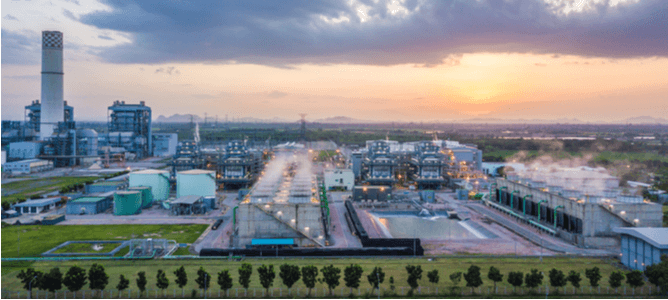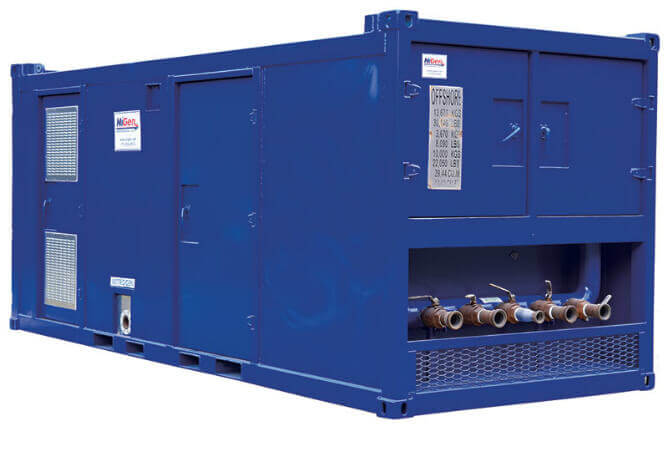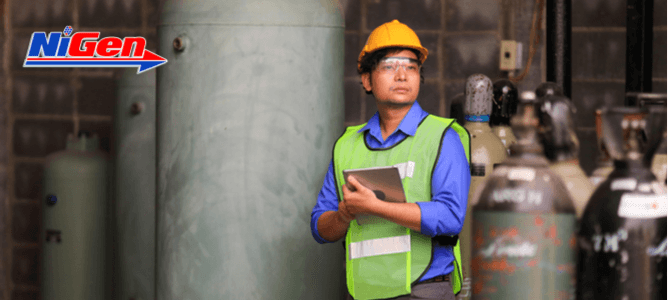
Common Questions Associated with On-site Nitrogen Systems and Services
Several industrial production processes such as chemical manufacturing, food, and alcoholic beverage processing, pharmaceutics, computer chip production utilize large quantities of nitrogen gas. Consequently, on-demand nitrogen gas generation is frequently integrated into their plant setups. This article will answer some common questions concerning the use of on-site nitrogen systems and services.

What Is SCFM?
Many industrial systems require pressurized air to drive their processes. Air compressor systems are often utilized to achieve this effect and are calibrated according to different parameters. Standard cubic feet per minute (SCFM) describes the rate of gas flow through an air compressor under standard pressure and temperature levels.
These standard parameters for measuring SCFM in air compressors are:
- Temperature between 60°F to 68°F
- The pressure of 14.7 psi
- Relative humidity of 36 percent
When Is Nitrogen Purging Required?
The presence of elevated levels of oxygen and moisture has been proven to be detrimental to several industrial operations. Oxygen-rich environments increasing the risk of spontaneous combustion, encourage oxidative processes that damage sensitive systems and taint finished products.
To avoid these undesirable outcomes, nitrogen purging can be used. Industrial systems can be purged by channeling nitrogen gas through them. Gaseous nitrogen displaces moisture and oxygen while inerting the environment and preventing oxidative damage.
How Do Desiccant Dryers Work?
The compressed air driven through industrial systems needs to be optimized before use. In addition, compressed air usually holds significant amounts of moisture which must be removed to avoid damage to sensitive equipment.
Desiccant air dryers are an effective method of drying compressed air that utilizes hygroscopic materials such as silica, activated charcoal, and aluminosilicates (zeolites) to pull water out of the air.
A typical desiccant dryer is composed of two towers that alternate between drying and regenerations phases. Air is passed over desiccant beads in one tower to achieve dehydration, while saturated material in the second tower is regenerated for further cycles of drying.
What Is Pipeline Pigging?
With continuous use, pipelines will gradually accumulate various impurities within their lumens. The build-up of grease, corrosion, and other particulate impurities can compromise pipeline integrity leading to diminished efficiency and, in some cases, accidents. Pipeline pigging is a process where the insides of pipelines are cleaned to eliminate unwanted contaminants.
A device called a pig is introduced into a selected pipeline at one end and rived through its length to clear any obstructive build-ups. Pipeline pigs can be from various materials including steel, and rigid polymers. Smart pigs contain onboard sensors and electronics that gather data on the integrity of the pipelines they pass through.
What Is Pressure Vessel Welding?
The storage and transfer of high-pressure liquids and gases require extremely high-quality vessels. In the US, the manufacture of pressure vessels is guided by rules laid down by the American Society of Mechanical Engineers (ASME).
To comply with the laid down standards, vessel manufacturers must follow stringent pressure vessel welding procedures. Pressure vessel welding involves the placement of several feet of welds followed by rigorous inspection using ultrasonography and x-ray technology. Only vessels with welds that pass stringent inspection criteria will be certified for use with high-pressure fluids.
What Is an FPS to GPM Calculator Used For?
To boost overall performance and maximize product transport capabilities, industrial pipeline operators have to constantly monitor fluid flow rates through their conduits. An example would be the FPS to GPM calculator.
An FPS (feet per second) to GPM (gallons per minute) calculator is a device or online resource that allows process operators to seamlessly conduct calculations needed for system calibration. This is done by simply imputing values for the internal diameter of their pipelines and measured fluid flow velocities into the calculator’s interface.
How Do You Conduct a Nitrogen Leak Test?
Leaks in industrial equipment such as pipelines and pressurized vessels can pose significant safety risks to operating personnel. Therefore, nitrogen leak testing is a critical maintenance activity done to assess the integrity of process equipment and ensure safe operating conditions.
Nitrogen leak testing follows a series of ordered steps where nitrogen gas is channeled through selected test vessels, pipelines, or vats under increasing pressure levels to detect the presence of leaks, ascertain their maximum volume capacities, and determine the reliability of their components.
Data gathered from leak testing can be used to correct any identified abnormalities both in operational channels as well as newly assembled pipelines/containment vessels.
Discuss Your On-site Nitrogen Questions with the Experts at NiGen
On-site nitrogen systems and services are a complicated topic. Fortunately, we’re the experts in this area. Now that we’ve answered some of the most common questions, hopefully you’ve expanded your on-site nitrogen knowledge.
NiGen International is a leader in the design and manufacturing of on-site nitrogen systems. Our team can help you find the perfect nitrogen generation solution or pipeline service to meet your needs.


